Nestled in the brick shadows of a lost industrial complex, Industrial Artifacts and Rock Auction Gallery finds their home within a building that has 130 years in DeKalb's barbed wire and steel manufacturing history. When it was built, it was originally known as Factory Building Number 8. Let's take a look as some local DeKalb, Illinois history and stories told through our local historical preservation organization about the building we call home.
BARBS FROM A ROSE
It was 1873 When Henry Rose came to the DeKalb County Fair to exhibit his patented invention called “barb wooded rail.” Rose's simple design of nails-through-wood ignited an industry that would put DeKalb on the map, and lead to some rather invigorating competition in barb wire design between a farmer named Joseph Glidden and former sauerkraut salesman and Gold Rush enthusiast Issac Ellwood.
Joseph Glidden had the better, more popular design, but what he didn't have was the ability to produce his wire to meet demands. What Issac Ellwood lacked in design, he more than compensated for with production from his Second Street plant. Glidden and Ellwood joined forces, and I.L. Ellwood & Co. began to produce Glidden Steel Barb Wire (ad below), edging out other inventors like Henry Rose and Jacob Haish by creating such large volume of production. After success comes the stress, and a major stress came for Glidden and Ellwood in the form of a wire shortage.
On September 5, 1881, Isaac Ellwood, his brothers Ruben and Hiram, Joseph Glidden, and J.D. Lott combined their resources and finances to form Superior Barbed Wire Company. This was an effort to reorganize, restructure, and expand production to include manufacturing their own wire to keep up with demand. Meanwhile, down in Texas, a salesman named John Warne Gates made quite an impression by doing the most 'Texas' stunt ever by building a corral outside the Alamo in San Antonio and filling it with cows to demonstrate the effectiveness of barbed wire. Of course it worked, and Texas ranchers were ready to put in their orders, opening up a whole new market for barbed wire across the south.
TENTH STREET EXPANSION
Eight streets down from Ellwood's original plant, work begins on a massive new manufacturing facility in 1891 on Tenth Street, designed by the C. H. Morgan Construction Company of Worcester, Massachusetts. Charles Hill Morgan (future president of the American Society of Mechanical Engineers) founded a steel company for the manufacturings of metal wire springs. Superior Barbed Wire was one of his first ventures of his construction company specializing in rolling-mills and wire-drawing machinery. Completed in 1892, the massive new mill occupied 3 acres using the most advanced designs in machinery with personalized railway bypasses, and fully electric buildings. Once the factory fully hit its stride, it had workforce of 150-200 men, working 14 hours a day, manufacturing 50,000 pounds of barbed wire every 10 hours.
A few years later, in 1896, Superior changed its name to Ellwood Wire and Nail Company.
AMERICAN STEEL AND WIRE
During this extensive barbed wire boom, John W Gates (born 1855 in West Chicago, Illinois) had amassed enough money selling barb wire (and possibly through gambling) to start his own business in wire production. Gates understood that it was best to go with a pioneer in the business, and the first person he asked to become a partner in production was his boss, Issac Ellwood.
Ellwood said ‘no.’
Gates reacted the same way any normal person would react - he went to St. Louis, partnered with a man named Alfred Clifford to create the Southern Wire Company and began acquiring and merging smaller barbed wire manufacturing companies until he held a near monopoly on the industry. This forced Ellwood Wire and Nail Company into either selling their enterprise or merging. In the late 1890s, Ellwood and Gates merged to form American Steel and Wire.
JOHN DEERE
As the 20th century roared, American Steel and Wire expanded across the country from Ohio to New Jersey. John Gates owned the entire town of Port Arthur, Texas. Unfortunately, this means that their time in DeKalb, Illinois was coming to a close. It’s how, in the 1940s, the Hetz Company of of Warren, Ohio found itself occupying a building in the former factory. Hetz was a construction company specializing in building steel foundries and manufacturing plants (bottom right corner of THIS link and right side of THIS link). During the Great Depression, Hetz found additional income being hired to dismantle steel foundries and manufacturing plants. In some cases, they were the construction company used to convert old manufacturing planets into usable, rentable space for any industry in need of floorspace.
Email Subscribers: Use code 2W44 for 20% off this weeks select wares!
When a sign for the Hetz appeared over factory building number 8, everyone knew that the industry that once built DeKalb County had abandoned them for good. It probably wasn’t lost a few years later in that same factory building 8, George Foster opened as an official John Deere dealership, mechanic, and farm supplies selling feed and seeds in the back building (factory building 10), and he sold American Steel and Wire barb wire... imported from Ohio.
Mr. Foster suffered a heart attack in 1954, and sold his business to Kenneth Heide who knew he has some big shoes to fill. Heide began by moving the entrance to the front of Building 8, featuring the equipment at the front along Tenth Street. For a total of 25 years, the building was home to a John Deer Agency until Heide opened a new three and a half acre facility on West Lincoln Highway in 1962.
DEKALB SEED
Entering its second century on the planet, in the 1990s, the building was home to the seed bagging operations of DeKalb Genetics Corporation, known for its flying corn cob logo. DeKalb Seed goes back to 1912, and we will be covering more about that in a future blog post - so if you want to know about your flying shucked cob advertising... stay tuned.
In the early 2010s came an antique interiors enterprise, the aptly named Industrial Artifacts - a small business of wood and metal, American signage, furniture, and artifacts from the past 200 years sprouted in the iron-rich history and grew to selling and shipping curated history across the United States, and around the world. Rock Auction Galley was a natural progression, helping locals sell their antiques, collections, and inherited problems.
Good people. Nice stuff. You should check them out. They're always looking to buy.
SUPPORT YOUR LOCAL HISTORICAL SOCIETY
Nothing in this post would've been possible without the incredible help of the DeKalb County History Center. Their incredible staff have such a wonderful, infectious passion, and this erudition has been such a delight because of them. If you haven't already, check out your local historical society and museums. I guarantee you'll find something fascinating about your home community that will inspire you.
If you noticed, many of the links in this blog come from other historical organizations beside just here in DeKalb County, Illinois. That's what makes local history so expansive - on any given weekend, you can not only check out your own community's history, but also check out neighboring historical societies, as it's quite fascinating to see the overlap of regional areas, and how each area expresses their historical pride for future generations.



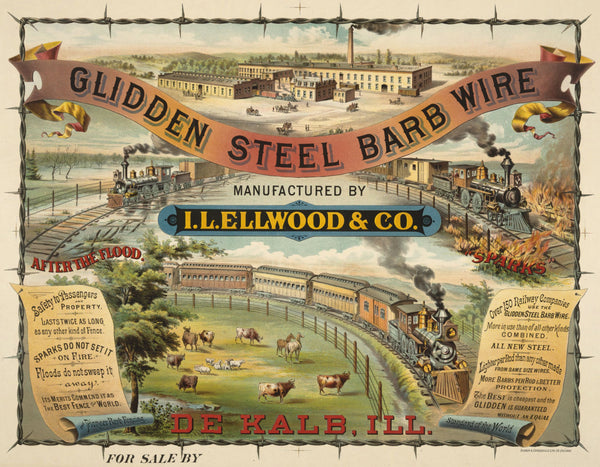

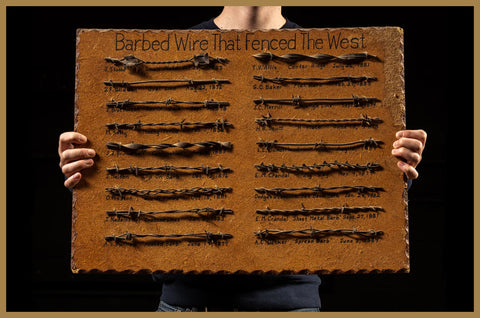

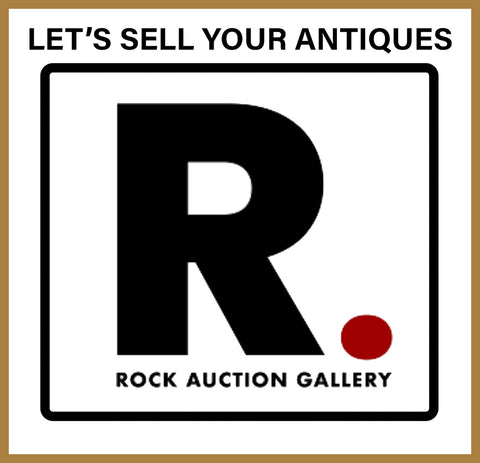



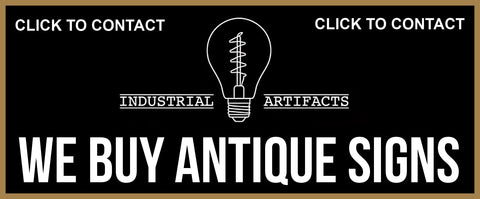
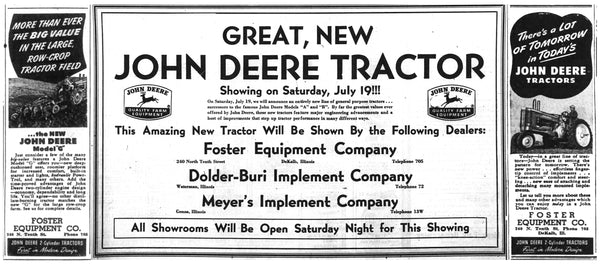

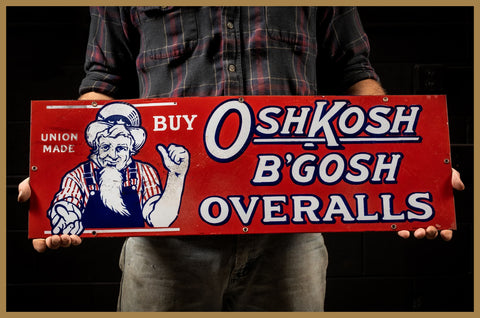
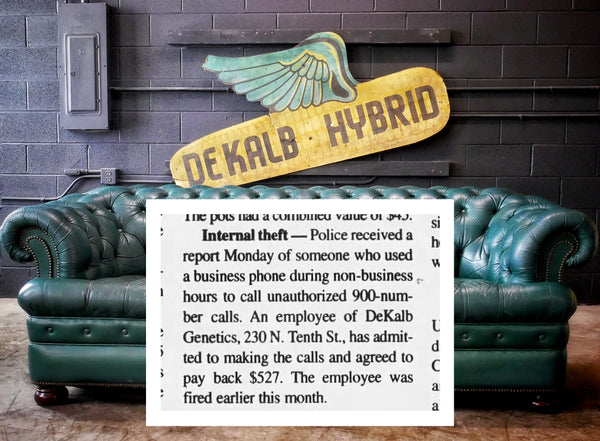
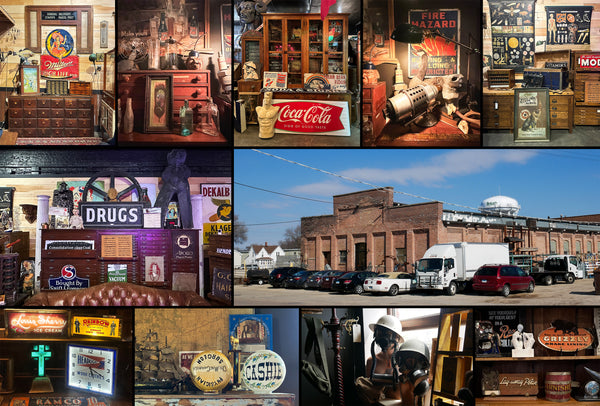
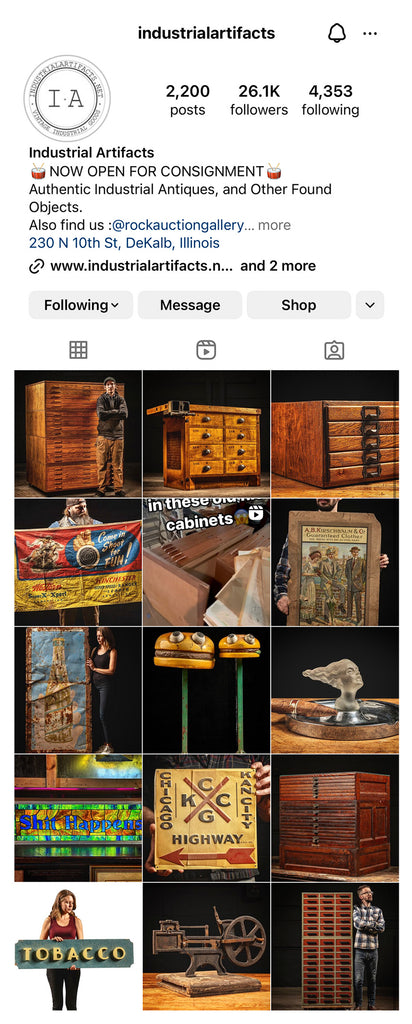
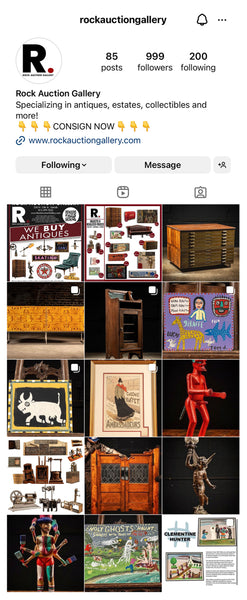



Leave a comment